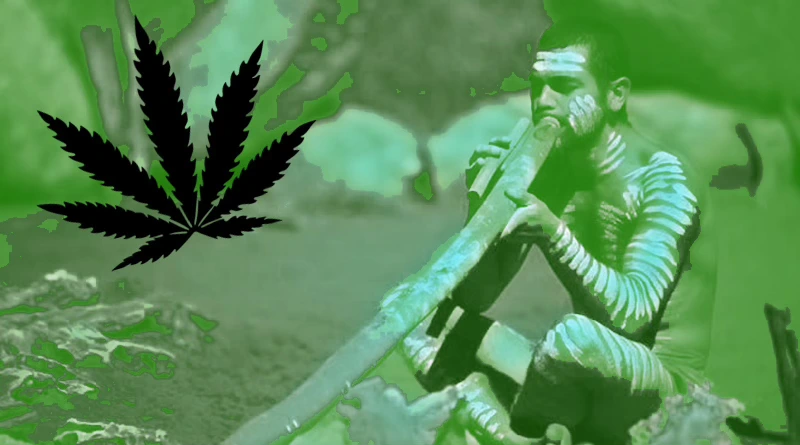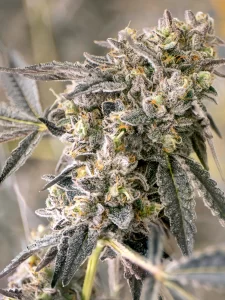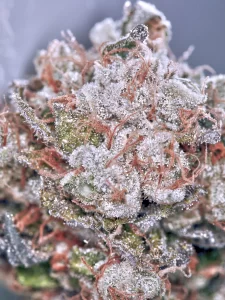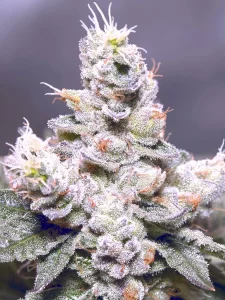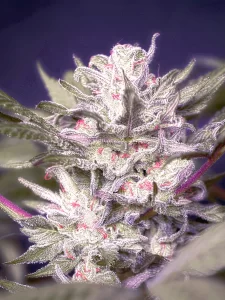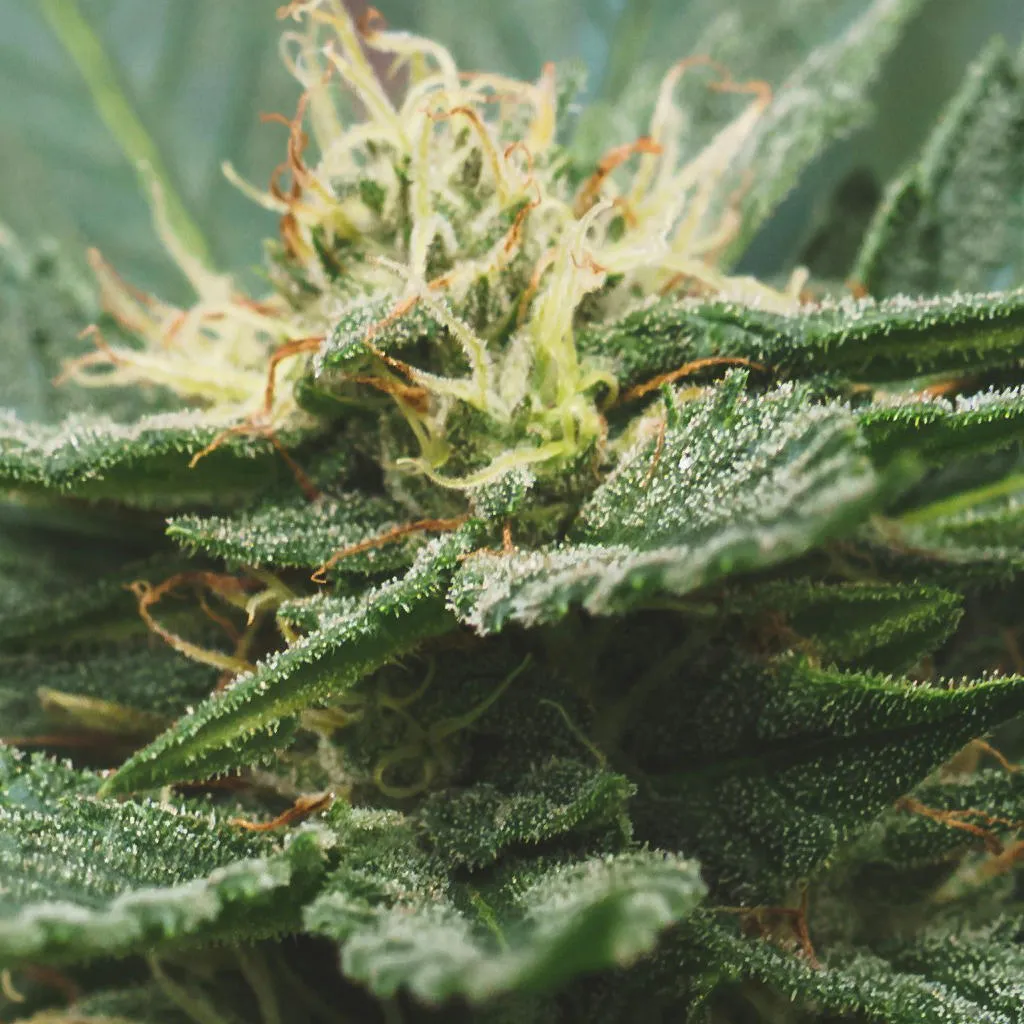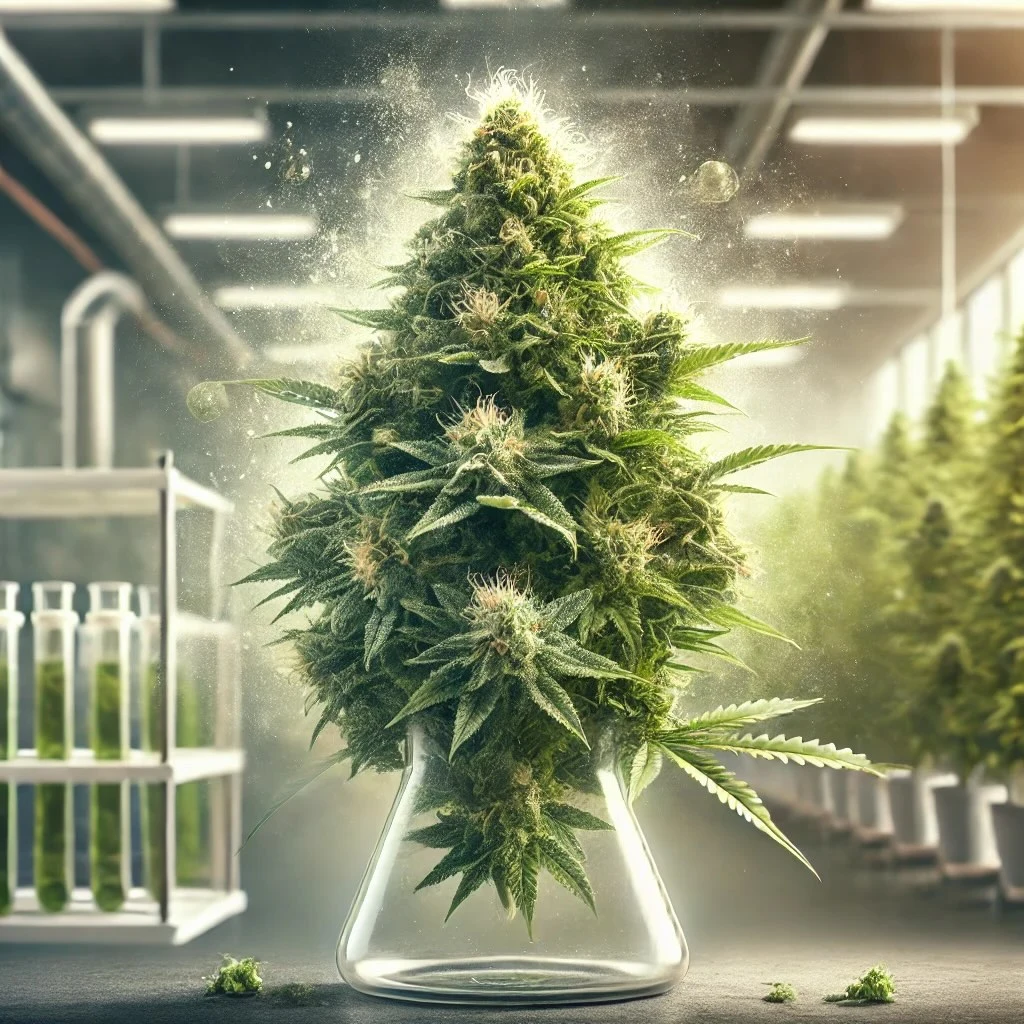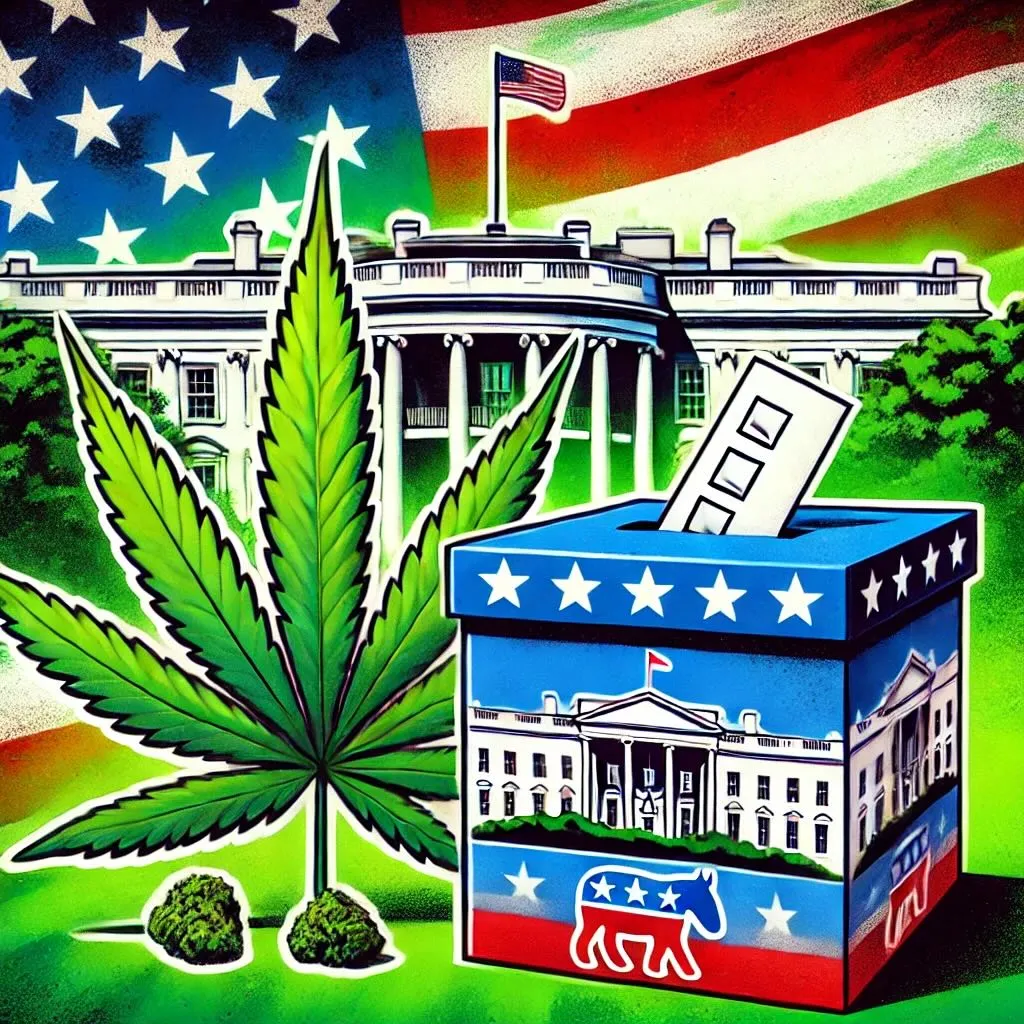Cannabis is a plant used all over the world for many centuries now. In Australia, it has many other names, including ganja, marijuana, hash, yarndi, amarda, skunk, and weed. Currently, it is still illegal to purchase, grow, or sell the plant in the country, but the penalties imposed differ depending on the specific location. Just like in many parts of the world, those who use the plant mix it with tobacco, which they smoke using a pipe (known as a bong). Sometimes, it is also rolled like a cigarette, which is often called a joint. Other times, it is also baked in cakes and biscuits.
According to statistics, one in every three Australians has tried marijuana. Meanwhile, one out of 10 people have used in the past year with more males using it over the females, commonly aged 18 to 29. Overall though, cannabis use in Australia has reduced in the recent years. However, it is believed to have increased in some Aboriginal communities.
Approximately two in 10 Aboriginal Australians state that they use marijuana in the past year based on the surveys. There are some communities though with very high levels of use where they reach six in every ten people rolling or smoking every day whenever they can.
It was in 2009 when a study performed by researchers from the James Cook University discovered that up to 70% of Indigenous people in Australia are using marijuana. Some of the users were as young as 13 years old. It is expected that this percentage has increased, although the age of the smokers may not have changed. Still, it is likely to see a 10-year-old kid smoking cannabis in these distant places.
Needless to say, cannabis has indeed taken hold in several remote communities in Australia. In fact, dealers are starting to see that Aborigines are a lucrative market. The use of marijuana continues to spread, especially throughout Central Australia and from the north all the way to the Aboriginal communities situated in the far northwest of South Australia.
Central Australian Aborigines may have changed some of their ways of using cannabis, but they still store pieces of the plant behind their ear, which was what their ancestors used to do, particularly with bush tobacco. According to 19th-century sources, children in the area are allowed to use cannabis. At present, it is possible to witness a child holding a joint in Central Australia.
Aboriginal people have always been inventive when they use marijuana. They have rapidly incorporated either European or Macassan clay pipes starting from the 18th and 19th centuries. These days, they have new smoking paraphernalia, which they have created from crab claws, wood, shell, and drift bamboo.
Both social and historical influences have contributed to the prevalence of cannabis in the country, especially among indigenous communities. The reasons why Aboriginals and Torres Strait Islanders use marijuana are quite complicated, according to many researchers. Despite the acceptance for weed in many places not only in Australia but around the world, clinicians are recommended to counsel the smokers and talk about cannabis use, mainly because it is often mixed with tobacco, which can cause diseases.

